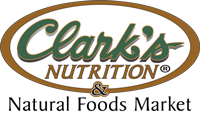Gluten Free
What does following a gluten-free diet mean? That you're embarking on an easy diet with a wide range of health-promoting effects. Instead of dwelling on what you’re giving up, consider that you’re going to enjoy a whole new world of delicious food options to meet your special dietary needs. You’ll be eating seasonally, choosing more fresh fruits and vegetables, focusing on meats, seafood, poultry, legumes, lentils, corn, and rice, and discovering fascinating ancient grains such as quinoa, amaranth, and millet. You’ll be able to eat potatoes, eggs, most cheeses, even chocolate (!)—and enjoy them without guilt because you’ll be taking good care of your body. In fact, you’ll probably end up eating—and feeling—better than ever!
Visit this page for more information about living Gluten Free
---
We carry a large variety of gluten free items, the brands listed below represent just some of the offerings we carry


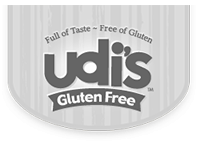




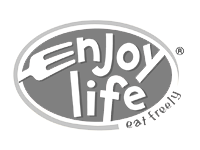
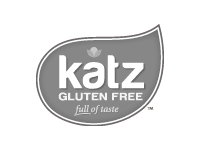




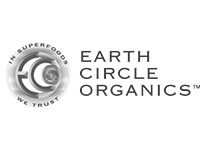

More Diets
Chemical Found in Green Beans May Help Prevent Blood Sugar Rises
Listen up green bean aficionados: a plant compound found in green beans and other beans has attracted the interest of scientists, and may interest those with diabetes. It’s a chemical that blocks the action of amylase, a type of starch-digesting enzyme. This amylase-inhibiting chemical slows the digestion of starches and may prevent blood glucose levels from rising after eating starches. Bean extracts containing this compound are currently being explored for their possible role in preventing or treating diabetes. Whatever the outcome of that research, the best way to enjoy the nutrients green beans offer, including, but not limited to, the vitamins C, K, A, and fiber, is to feature them on your plate.
Source: The Journal of the American College of Nutrition
Copyright © 2025 TraceGains, Inc. All rights reserved.

